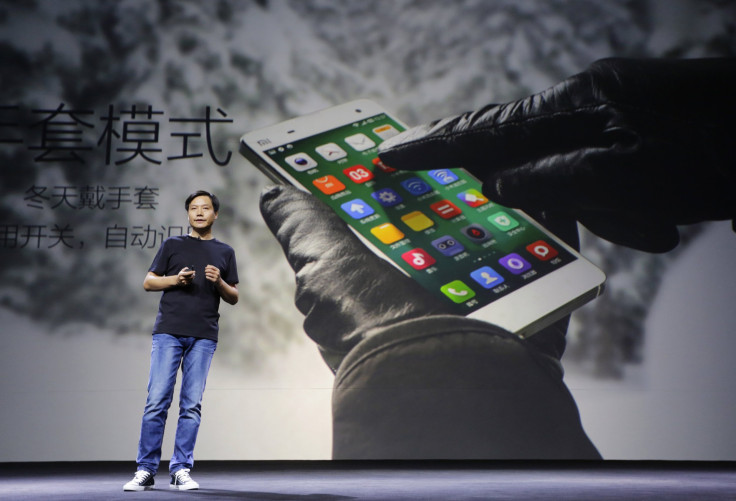Xiaomi Says U.S. Not A Near-Term Priority As It Seeks To Grow In India With 4G Handset

Xiaomi Inc. doesn’t anticipate a U.S. entry for its smartphones in the foreseeable future as it seeks to grow and consolidate its presence in India, its largest market outside China, Hugo Barra, the company’s vice president for international operations, said on Tuesday.
“We don’t think that the U.S. market is in our near-term plans,” Barra said, as the company focuses on getting its operations right -- from R&D to social media campaigns to online commerce -- to capture a more significant share of the Indian market beyond the limited online sales that saw more than 500,000 handsets sold by October, some four months since Xiaomi entered India.
“Brazil and Mexico are far more interesting markets,” Barra said in Bangalore at an event to promote the company’s Redmi Note 4G phablet, which will be available in India starting the second half of December. The socio-economic conditions for consumers in these countries are more similar to those in India, with the price of a smartphone sometimes a multiple of a person’s monthly salary.
Such factors mean Xiaomi’s business model has a far greater chance of being “impactful” in these markets versus the U.S., where “everybody is on a postpaid plan and the price of the handset doesn’t matter,” Barra said.
“That’s why we’re staying focused and we have strict priority of markets, and the U.S. is not a priority.”
Xiaomi continued its strategy of selling feature-rich smartphones at very aggressive price points with the Redmi Note’s Indian launch. At 9,999 rupees, it is the first 4G handset in India to be available at under 10,000 rupees ($160). The 3G-only version will be cheaper by an additional 1,000 rupees.
In addition to the exclusive sales on India’s online shopping site Flipkart.com that Xiaomi fans have become familiar with, the handsets will also be sold via a partnership with Bharti Airtel Ltd., India’s top wireless provider, which offers 4G services in Bangalore and expects to expand to other cities.
Runaway demand in India caught Xiaomi unawares, which was one of the reasons prompting the company to contemplate making its phones in the country, Manu Jain, the head of Xiaomi’s Indian operations, has said. But several hurdles remain, chief of which is the near-total lack of an ecosystem for manufacturing high-end phones.
Previous efforts to make phones in India by global brands including Samsung and Nokia have not been major successes, churning out mostly lower-end phones and mostly at last-stage assembly plants.
While Xiaomi is very serious about making its phones in India, “it is perhaps the longest lead-time activity that we will ever do. ... the most important thing is you need to have the entire ecosystem,” Jain said on Tuesday.
“We’re talking to different vendors, both vendors who will assemble the phones and vendors who will supply the components," he said. "We’ll have a clearer answer in the next few months.”
In the interim, Xiaomi is looking to ramp up its research and development center in Bangalore as quickly as it can find the right people. “Whatever goal we set for our R&D load here in India, it will be limited by our ability to hire extremely talented engineers," Barra said. "The competition in Bangalore is very, very strong."
In the near future the company expects to focus on features that will add local flavors to its smartphones. Features that are available to consumers in China, such as in-call searches and display of information on numbers that aren’t on a person’s contacts list, for instance, may also find their way to handsets sold in India.
“I pledged to be here in India for the foreseeable future because I really want to help build our R&D here. ... it’s impossible for us to do the same thing in three other markets at the same time,” said Barra, a 38-year-old native of Brazil who went to the U.S. at age 19 to attend college. Xiaomi hired him away from Google Inc., a practice Barra has continued in naming the head of product development in India.
Xiaomi is also rolling out plans to grow in Indonesia, “a massive market” that is also quite complex, but India is by far the biggest market outside China and also the company’s fastest-growing market anywhere, Barra added.
“When we enter a new market," he said, "the order of priority has the U.S. way down below.”
© Copyright IBTimes 2024. All rights reserved.






















